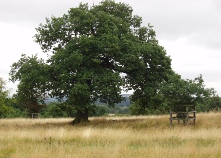


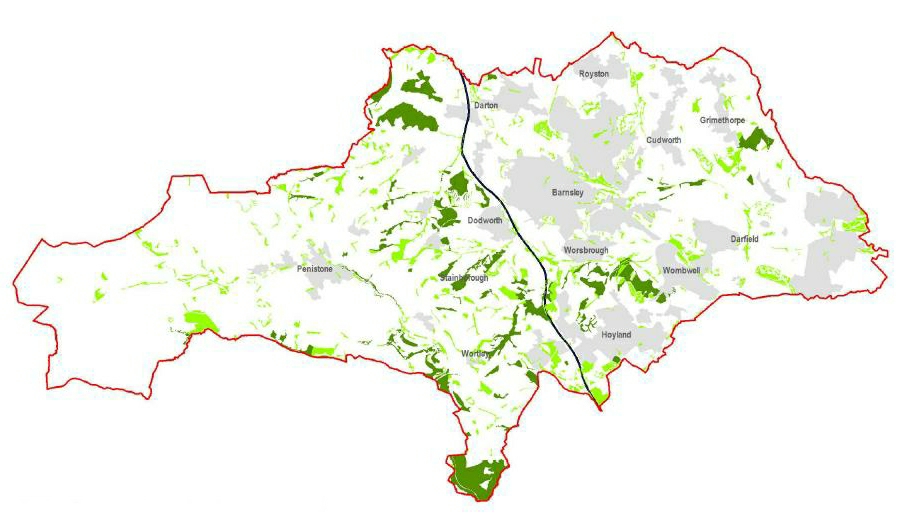

Map produced by South Yorkshire Forest Partnership for Barnsley Woodland Strategy.
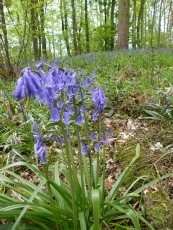
Woodlands are one of the most treasured parts of the Barnsley landscape. The carpets of spring flowers in many of our ancient broad-leaved woodlands are a breath-taking sight.
Woods and their trees, undergrowth and leaf litter, are important for wildlife; for food, nesting and roosting, shelter and a refuge from predators. They support fungi, lichens, mosses and ferns; flowering plants, butterflies, moths and other invertebrates; bats and foraging mammals; and birds.
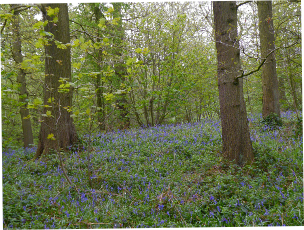
All woodland can be valuable for biodiversity; even scrub made up of smaller trees and shrubs is important for biodiversity in many places. Willow Tit for example prefers scrubby conditions without a woodland canopy.
However there are five woodland ‘priority habitats’ in Barnsley, for which planning policies should ‘promote the preservation, restoration and re-creation’ (NPPF paragraph 117). [Links to more information on priority habitats below.]
Mixed Deciduous or Broadleaf Woodland, mainly mixed Oak-Birch woodland which is the natural woodland cover on the coal measure soils of Barnsley.
Upland Oakwood existing as remnants in the cloughs of the Dark Peak millstone grit area of Barnsley although it lacks the rich range of lichens, mosses and ferns found in still wetter and colder areas.
Wet Woodland, the natural woodland cover for wet soils; Willow carr provides an impressive feature of seasonally flooded areas. Other Wet Woodland has Alder and Ash as dominant trees.
Woodpasture and Parkland has individual or groups of trees within grazed grassland with the majority of veteran trees found in historic parklands.
Traditional Orchards are an additional national priority ‘woodland’ habitat, sometimes longstanding and sometimes more recently planted.
Some areas have long-standing conifers or non-native trees that may be valuable habitat for species not common locally. The ecological value of such areas should be investigated before replacement.
Woodland often contains historic features such as boundary ditches and mounds, bell pits and remnants of charcoal hearths. These features are valuable as part of our historic heritage. The value of woodlands as features that enhance the landscape and for their cultural associations should be taken into account in retention and management of woodland.
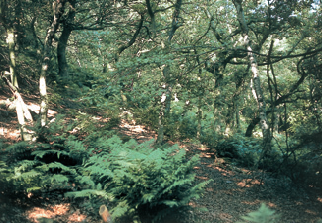
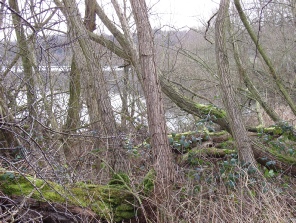
Woodland habitat can also be found in small copses, and in wooded strips along old boundaries, roads, tracks and streams. Notable trees are also found in hedgerows and free standing in fields.
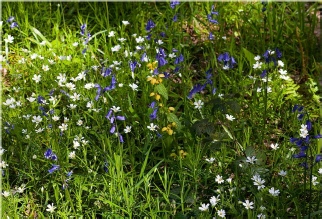
Distribution of woodland in Barnsley
Ancient woodland dark green
Other woodland light green
1256 woodland species were studied in the 2013 State of Nature report.
60% had suffered overall declines and 34% decreased strongly.
A few - like Buzzard and Great Spotted Woodpecker - increased.
NPPF 117:To minimise impacts on biodiversity..., planning policies should promote the preservation, restoration and re-creation of priority habitats., linked to national and local targets’
We welcome comments
Email address not public.
Further information can be found via these links:
Link for more on
ancient woodland
More on woodland
priority habitats follows
Barnsley has 3637 hectares (36 square km) of woodland, just under 10% of its total area. Most woods are to the west of the M1, with other woods near Grimethorpe, Worsbrough, and Wombwell.
Just over half of woodland in Barnsley is ancient woodland. These have had time to build up a varied and distinctive flora; These woods, often with old names such as Hugset, Bagger and Silkstone Fall, are irreplaceable.
